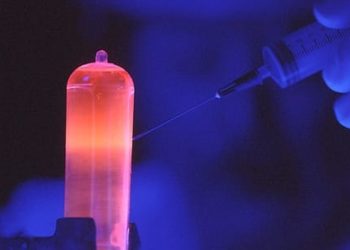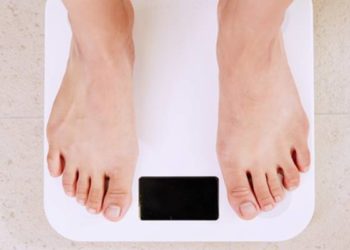Routine urinary tract cancer testing among all patients with microhematuria has low diagnostic yield
1. Evaluation with cystoscopy and CT urography for patients presenting with microhematuria (MH) had a low diagnostic yield for urinary tract cancers.
2. The diagnostic yield of cystoscopy for bladder cancer was almost twice as high in high-risk cohort studies with MH compared to all studies of patients with MH.
Evidence Rating Level: 2 (Good)
Study Rundown: Microhematuria (MH) can often be the first sign in a patient presenting with urinary tract cancers (UTCs), such as bladder cancer, upper tract urothelial carcinoma (UTUC), and kidney cell carcinoma (KCC). However, MH is relatively common, and the diagnostic value of further testing of all patients presenting with MH is unclear. This systematic review and meta-analysis compiled cohort studies from the past decade to determine the diagnostic yield of cystoscopy and computed tomographic (CT) urography to detect UTCs among patients with MH. Among 24 366 patients (30 studies) with MH in this review, 488 UTCs were diagnosed, resulting in an overall prevalence of approximately 2%. The overall diagnostic yield of cystoscopy for identifying bladder cancer and CT urography for detecting UTUC or KCC was 2.74% and 0.20%, respectively. Seven studies comprised of high-risk cohorts led to approximately a two-fold increase in detection rate for bladder cancer using cystoscopy. Overall, this review suggests that routine use of cystoscopy and/or CT urography for detection of UTCs in patients with MH is generally low yield and would benefit from patient risk stratification rather than widespread testing. This was a strong study overall, compiling a large amount of evidence across thousands of patients. One limitation of this study, however, was the inconsistent definition of MH, which varied somewhat between studies.
Click to read the study in JAMA Network Open
Relevant Reading: Cost-effectiveness of common diagnostic approaches for evaluation of asymptomatic microscopic hematuria
In-Depth [systematic review and meta-analysis]: Cohort studies published between January 1, 2009 and December 31, 2019 that reported on UTCs among patients with MH were included in the study. There were 39 articles selected for the systematic review, and 30 out 39 were used in the meta-analysis, resulting in 24 366 patients included. 488 UTCs were diagnosed resulting in a pooled detection rate of 1.85% (95% CI: 1.18-2.89; I2= 95%; p< 0.001). The pooled detection rate of bladder cancer in studies where >95% of patients underwent cystoscopy (20 studies) was 2.74% (95% CI: 1.81-4.12; I2= 93%; p< 0.01). The pooled detection rate of UTUC and KCC in studies where >95% of patients underwent CT urography (10 studies) was 0.09% (95% CI: 0.01-0.75; I2= 88%; p< 0.001) and 0.10% (95% CI: 0.04-0.23; I2= 92%; p> 0.99), respectively. Seven studies with 5036 participants in total were deemed high-risk cohorts (median age > 60 years old, >50% male, >50% smokers); the pooled bladder cancer detection rate using cystoscopy was 4.61% (95% CI: 2.34-8.90; I2= 95%; p< 0.001).
Image: PD
©2021 2 Minute Medicine, Inc. All rights reserved. No works may be reproduced without expressed written consent from 2 Minute Medicine, Inc. Inquire about licensing here. No article should be construed as medical advice and is not intended as such by the authors or by 2 Minute Medicine, Inc.







